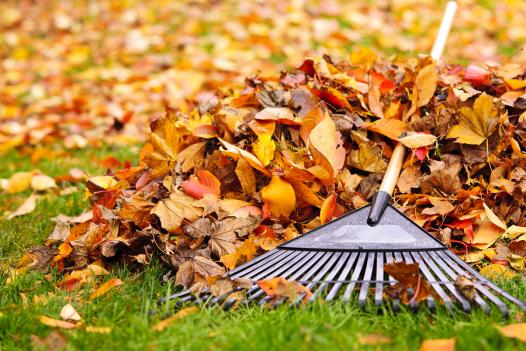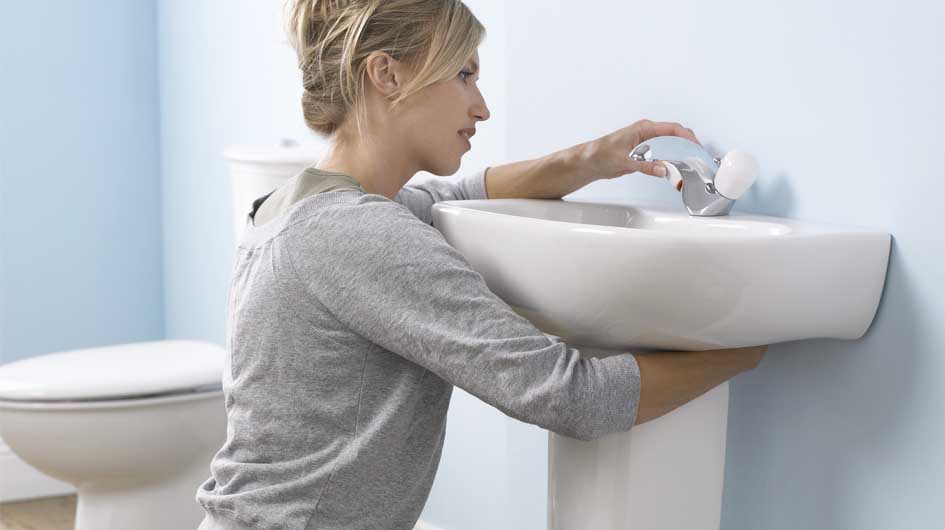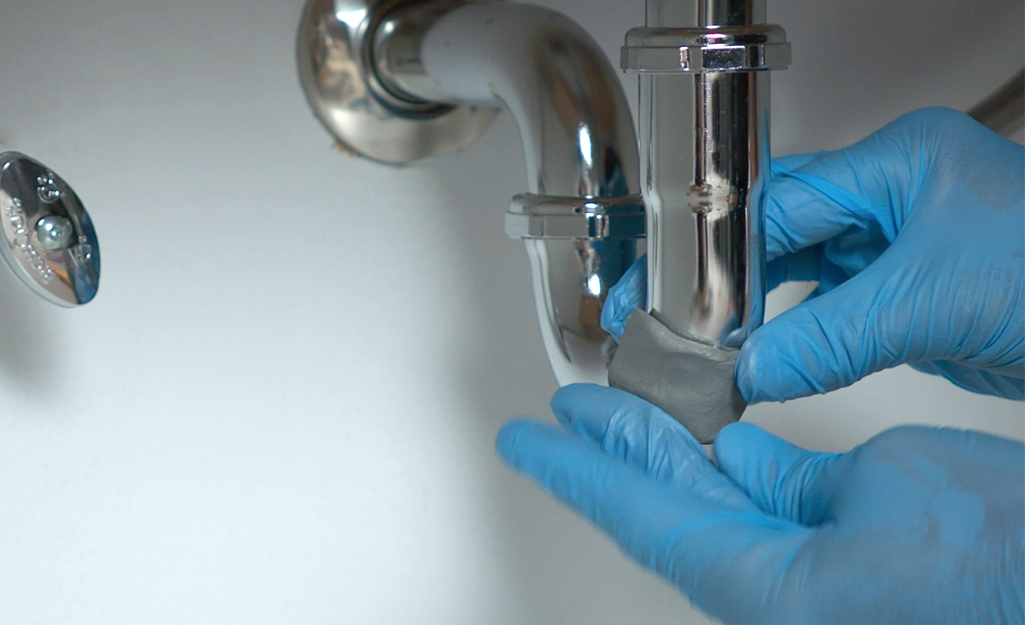Fall Home Maintenance

Fall is the perfect time of year to take care of your home. The days are still long enough to get plenty accomplished, and the cooler weather makes it less taxing than on those sweltering Summer days. Getting things ready for the cold days ahead will be easy with these tips:
Trees and Leaves
- Rake or vacuum fallen leaves as they come down. Deciduous trees drop their leaves at different times, making it easier on you, but it’s great exercise.
- Mulch the leaves, or bag them for your local waste management to compost, if such a program is available.
- Check trees for dead or diseased branches and trim them back. Trees are going dormant this time of year, and there’s less chance for the diseases to spread after trimming. Call an arborist if the job is too daunting.
- Fall is the best time of year to plant new trees! The roots don’t have to compete with the heat, they get plenty of water from the Autumn rain, and can settle in and get established.
- Clean those gutters. This can be a dreaded task, so hire a handy person or have the family pitch in to finish as quickly as possible.
- Been thinking about changing the exterior color? Fall is a great time to paint, thanks to cooler temperatures.
General Outdoors
- Bring in any outdoor furniture, or protect it with covers made specifically for handling cold weather.
- Firewood needs to be covered with a tarp to minimize moisture from snow and rain. Lift the cover occasionally to let any trapped moisture escape.
- Check all of your outdoor lighting, and replace any bulbs or fixtures.
- Walk around all of the walkways and driveways, looking for cracks, and seal them with approved sealant. Snow and ice can cause the surfaces to bulge and cause a falling hazard.
- Clean the windows, inside and out, and replace screens with storm windows.
- Service and store the mower, string trimmer, and any other lawn tools you may use.
- Drain water hoses and store them where they can’t freeze. If you have a sprinkler system, drain it and turn it off.
- Check your outdoor fireplace or fire pit to make sure it’s safe for the upcoming cool evenings around the fire.
Inside The House
- Service the furnace. It’s easy to make sure filters are changed and ready to go, but a call to a heat and air contractor is the best way to make sure the heater is ready for Winter. Sometimes a maintenance contract can save you money. Ask your provider if they offer this service.
- Check doors and windows for drafts, and seal with caulking or insulation strips.
- See that your chimney is free of creosote to prevent fires. A licensed chimney sweep would be the best for making sure your home and family are safe from chimney fires.
- Make certain that your smoke and carbon monoxide detectors are in working order, and replace batteries if necessary.
- Go in the attic and look for any insulation issues, and replace or repair, if needed. Be sure that pests can’t get inside and spend the winter in your attic!
- Change the rotation on ceiling fans. It should be going in a clockwise direction to help distribute heat away from the ceiling.
- Wash and/or air out heavy blankets and quilts to get them freshened up for use.
- If you have a basement in your home, check for cracks in the walls, and if there’s a sump pump, make sure it’s in working order.
- Clean out closets and storage areas and have a tag sale with unwanted items that are still in great condition.
Be ready for a relaxing, warm Winter inside your home. Home maintenance--indoors as well as outdoors--is critical for keeping your home’s value up, as well as for our own comfort.
Courtesy of New Castle County DE Realtors Tucker Robbins and Carol Arnott Robbins.
Photo credit: blog.leviton.com/fall-cleanup-101



.jpg)










